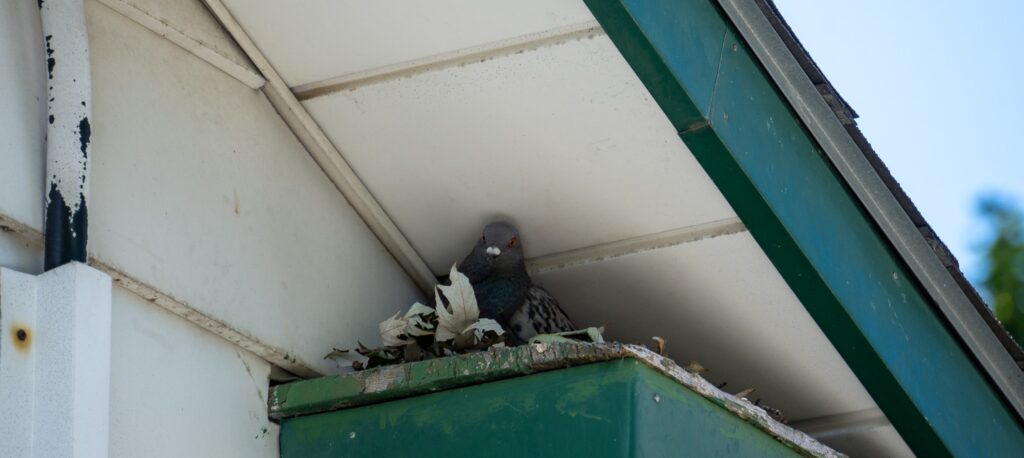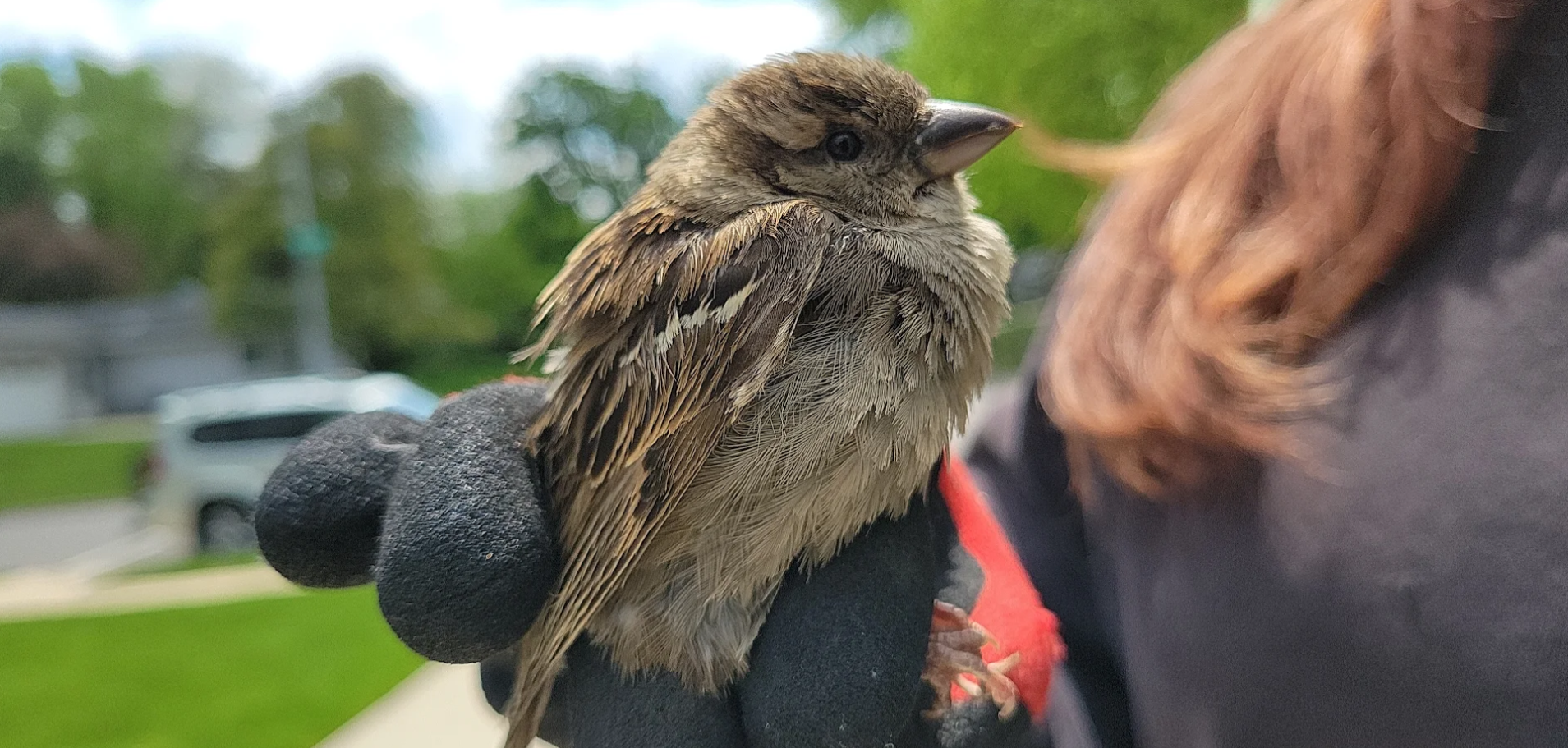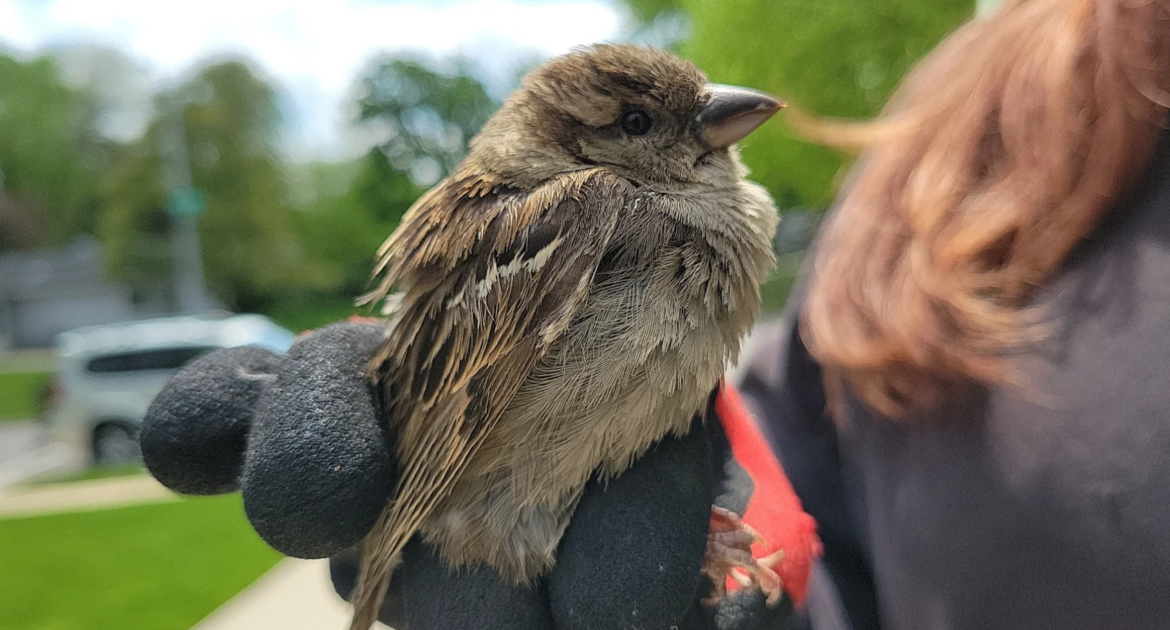Nestled in the vibrant ecosystem of the Oakville area, a quiet but critical battle is being waged to safeguard the future of endangered bird species. From the red-headed woodpecker to the piping plover, many regional birds face threats that jeopardize their survival. Protecting these vulnerable species is not just a matter of environmental responsibility—it’s a crucial step in preserving the natural heritage and biodiversity of our community.
Our dedicated wildlife control services in Oakville are at the heart of this conservation effort. Our experts use a variety of humane and practical strategies to ensure that birds thrive in their natural habitats while minimizing human-wildlife conflicts.
Contrary to the risks associated with DIY bird control methods, which often lead to unintended harm to non-targeted species or even legal repercussions, our professional wildlife control team understands the delicate balance required to protect these populations. From bird-proofing houses to preventing birds from nesting in unsafe areas, our work is pivotal in the efforts that preserve endangered bird species, ensuring their songs continue to grace our skies for generations to come.
Identification of Local Endangered Birds
In the lush landscapes of Oakville, several unique bird species are on the verge of extinction. This precarious situation stems from a range of issues, such as habitat destruction, climate change, and invasive species. Among these at-risk birds are the majestic red-headed woodpecker and the elusive piping plover. Each of these birds is distinct in its own way—whether through their vibrant colours, unique calls, or graceful flight patterns. Their fight for survival is not just their battle; it’s a wake-up call for all of us to improve our conservation efforts.
These birds are more than just beautiful creatures; they’re crucial to the ecosystem. For example, the piping plover, which nests on sandy Ontario beaches, helps aerate the soil and manage insect populations.
By pecking at trees to find food, woodpeckers create cavities that can help aerate the trees and promote their health. This activity can also remove diseased or dead wood, thereby reducing the spread of tree diseases. Losing these species would mean losing these vital ecological functions and would set off a chain reaction affecting other species and habitats.
Our efforts to protect these birds go beyond simple conservation. It’s about understanding and maintaining the delicate balance of our ecosystem. Safeguarding their habitats and promoting their well-being reflects our broader commitment to environmental responsibility. We’re making important strides toward sustainability by learning how to coexist with these natural habitats without disrupting them. This approach is not just about quick fixes; it’s about incorporating respect and consideration for nature into everything we do.

Threats to Endangered Birds
Several critical issues challenge the battle to safeguard our region’s bird inhabitants from extinction. Chief among these are habitat destruction, pollution, and undue human interference. Each of these factors plays a significant role in disrupting the delicate balance necessary for these creatures’ survival and necessitates a thoughtful and proactive approach to mitigation.
Habitat destruction, primarily through urban expansion and deforestation, strips away the natural environments necessary for feeding, mating, and sheltering. Pollution, in the form of chemical contaminants and plastic waste, further poisons their ecosystems and food sources. Finally, human activities, including certain practices and development projects, disrupt their living spaces and introduce hazardous obstacles.
To counter these threats, a multifaceted strategy is essential. Establishing protected areas and initiating restoration projects can provide safe havens free from development pressures. Implementing stricter pollution controls and cleanup campaigns can reduce environmental toxins, making their habitats safer. Lastly, promoting community awareness and engagement ensures that everyone understands the importance of coexisting peacefully with our feathered neighbours and the actions they can take to minimize impact.
Legal Protections for Endangered Birds
In our mission to protect the natural beauty of our ecosystem, laws play a key role, acting as the backbone of our conservation efforts. Federal and provincial regulations are carefully designed to keep at-risk wildlife safe, providing a crucial shield against the dangers they face. By understanding and following these laws, we not only show our commitment to biodiversity but also learn how to interact responsibly and sustainably with nature.
At the core of these legal efforts are federal laws like the Migratory Birds Convention Act and the Species at Risk Act. These are complemented by various provincial laws that address local conservation needs. Together, they create a system that regulates activities potentially harmful to our ecological heritage, setting clear rules for habitat preservation and defining what human actions are permissible. Whether through specific measures to protect critical environments or penalties designed to deter harmful behaviours, these laws embody our collective determination to safeguard vulnerable species.
Following these laws isn’t just about staying compliant; it reflects our deeper values of environmental care. When we apply these rules in our daily lives—whether by changing our landscaping practices, supporting habitat restoration projects, or participating in community education—we’re joining a larger effort to live in harmony with nature. Our adherence to these regulations is crucial to ensuring that our actions do not unintentionally harm the very habitats we are trying to protect.
How to Bird-Proof Your House
Creating a living space that coexists harmoniously with nature requires thoughtfulness, especially when considering our bird friends. The aim is to ensure our homes are less appealing to them for settling or visiting without causing them harm. This is not only for the protection of our feathered neighbours but also as an effort to maintain the sanctity of their natural habitats.
Reflective surfaces are an ingenious yet simple method of discouragement without negatively impacting unwanted visitors. The reflection can disorient them, gently encouraging them to seek out less disconcerting environments. Employing netting in strategic locations, such as eaves or over fruit-bearing plants in gardens, can act as a physical barrier, guiding them to find alternative resting or feeding sites. This method respects their freedom while safeguarding our living spaces.
Proper waste management is crucial. By securing trash and recycling bins, we can dissuade them from foraging in residential areas, steering them toward their natural feeding grounds. This, combined with minimizing access to potential food sources around our homes, underscores our commitment to their well-being by encouraging their natural foraging behaviours away from human habitation.
The Impact of Responsible Wildlife Control in Oakville
In the effort to protect endangered bird species, the collaboration between residents and professional wildlife control services like Skedaddle Humane Wildlife Control is crucial. By incorporating strategies on how to bird-proof your house and prevent birds from nesting in unwanted areas, we not only safeguard our homes but also contribute to the preservation of these vital species.
Responsible wildlife control in Oakville is pivotal in ensuring the survival of our feathered friends and the biodiversity of our area. Our comprehensive approach, from educational outreach to implementing humane deterrent systems, showcases a commendable commitment to conservation and community education. Their efforts underline the importance of every individual’s actions in contributing to a larger environmental conservation goal.
For those interested in learning more about how to protect our feathered neighbours and ensure their habitats remain undisturbed, we offer personalized consultations and solutions. Contact us today to request a quote and discover how you can contribute to wildlife conservation efforts.




